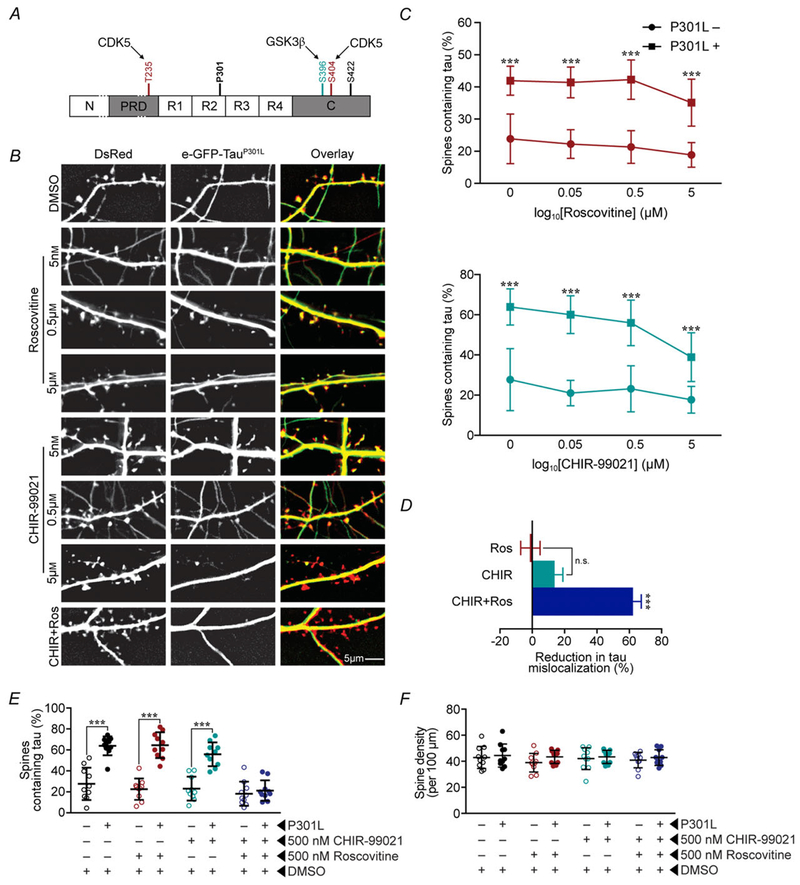Figure 6. Blocking mislocalization of P301L mutant tau requires the inhibition of both GSK3β and CDK5.
A, schematic representation of C-residues. Maroon colour (S235 and S404) indicates residues phosphorylated by CDK5; teal colour (S396) indicates residues phosphorylated by GSK3β. B, representative images of neurons treated by control vehicle DMSO, CDK5 inhibitor roscovitine (Ros) alone, GSK3β inhibitor CHIR99021 (CHIR) alone and CHIR + Ros. C, dose–response curves of Ros and CHIR on percentage of spines containing tau in neurons that express eGFP–tau constructs (green) and DsRed (red). These results indicate that inhibition of either GSK3β or CDK5 alone is insufficient to block P301L mutation-induced tau mislocalization to dendritic spines. D, percentage of spines containing tau in neurons that had been treated with 500 nM roscovitine (CDK inhibitor) and/or CHIR99021 (GSK3β inhibitor). E, percentage reduction in mislocalization from untreated P301L-tau by each drug treatment regime. Results in D and E demonstrate that blocking both GSK3β and CDK5 kinases is required to block tau mislocalization. F, quantification of total spine density in neurons with different treatment paradigms, showing no overt loss of dendritic spines. Data were analysed by one-way ANOVA shielded Bonferroni post hoc analysis. ***P < 0.0001; n = 10 neurons; error bars represent mean ± SD.

